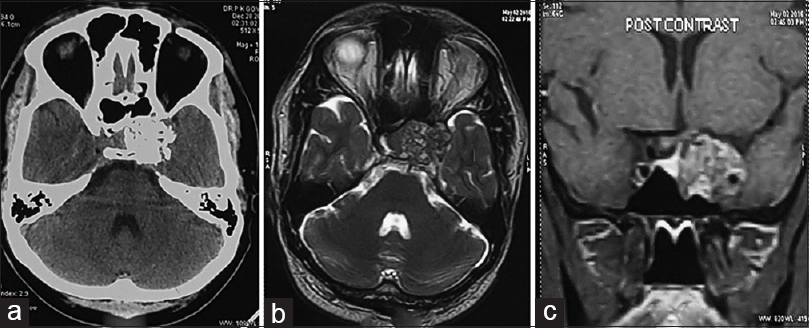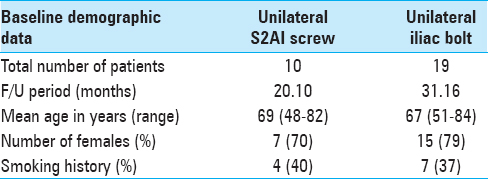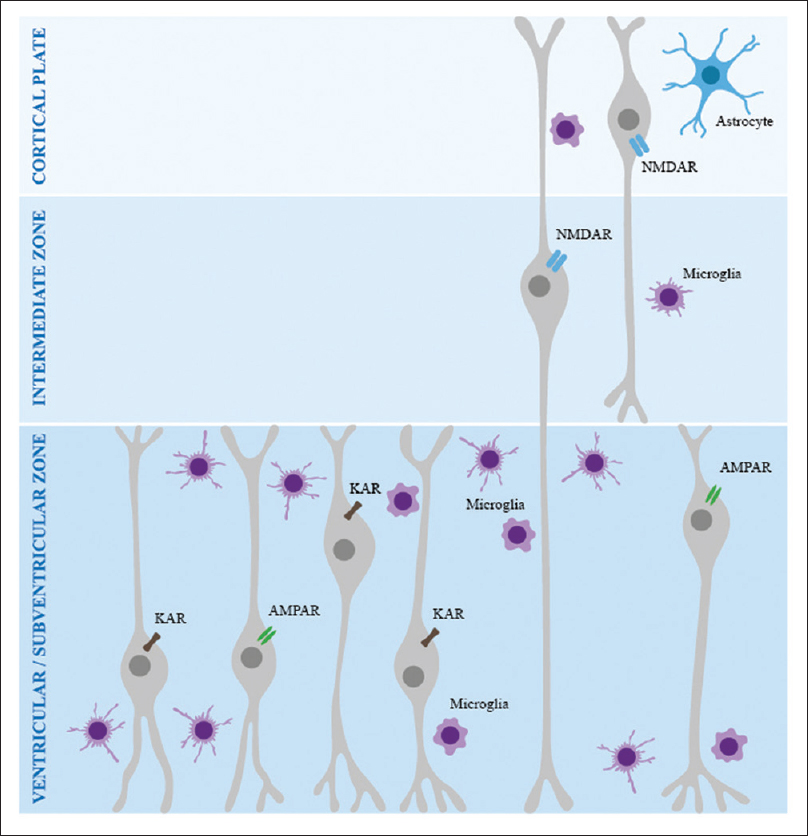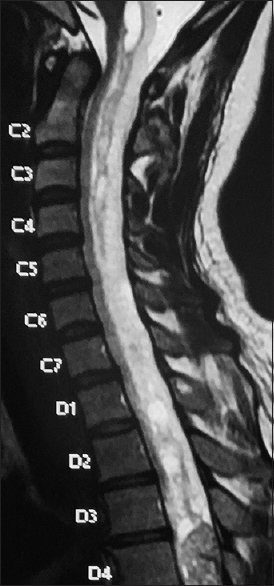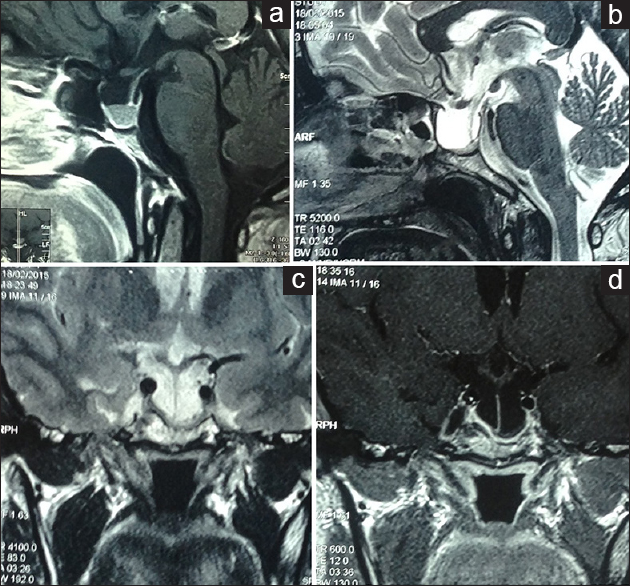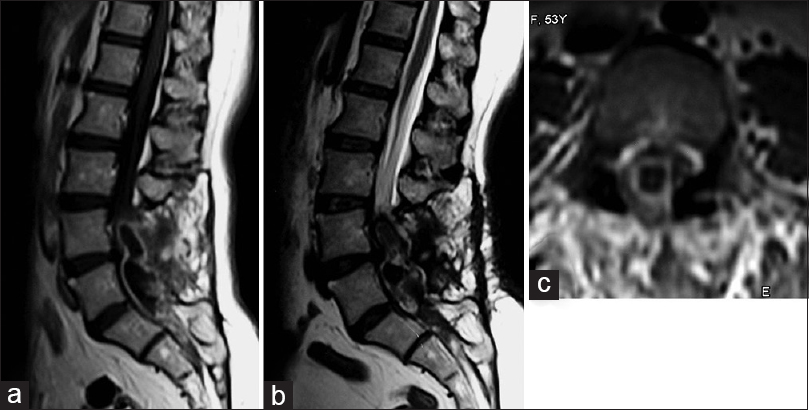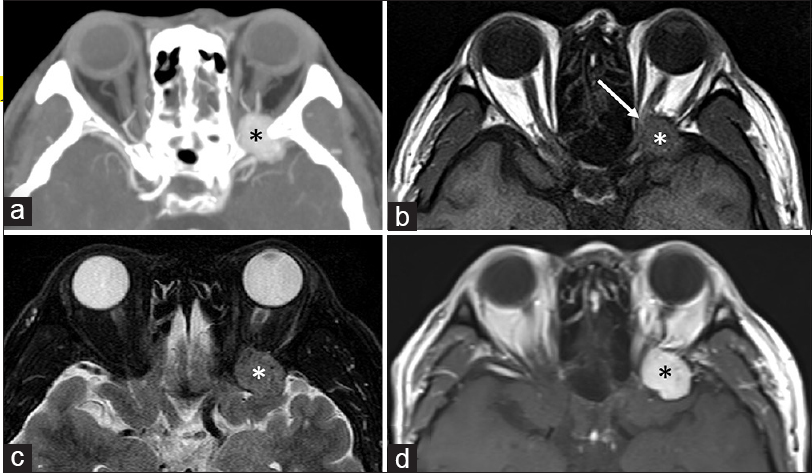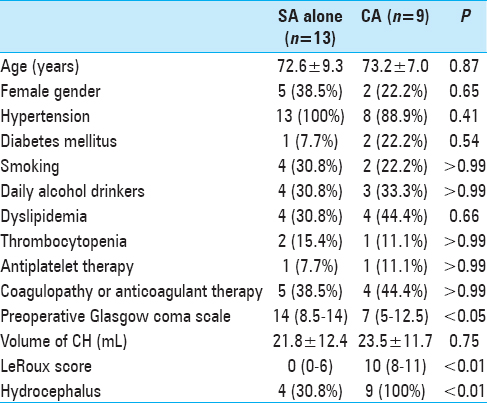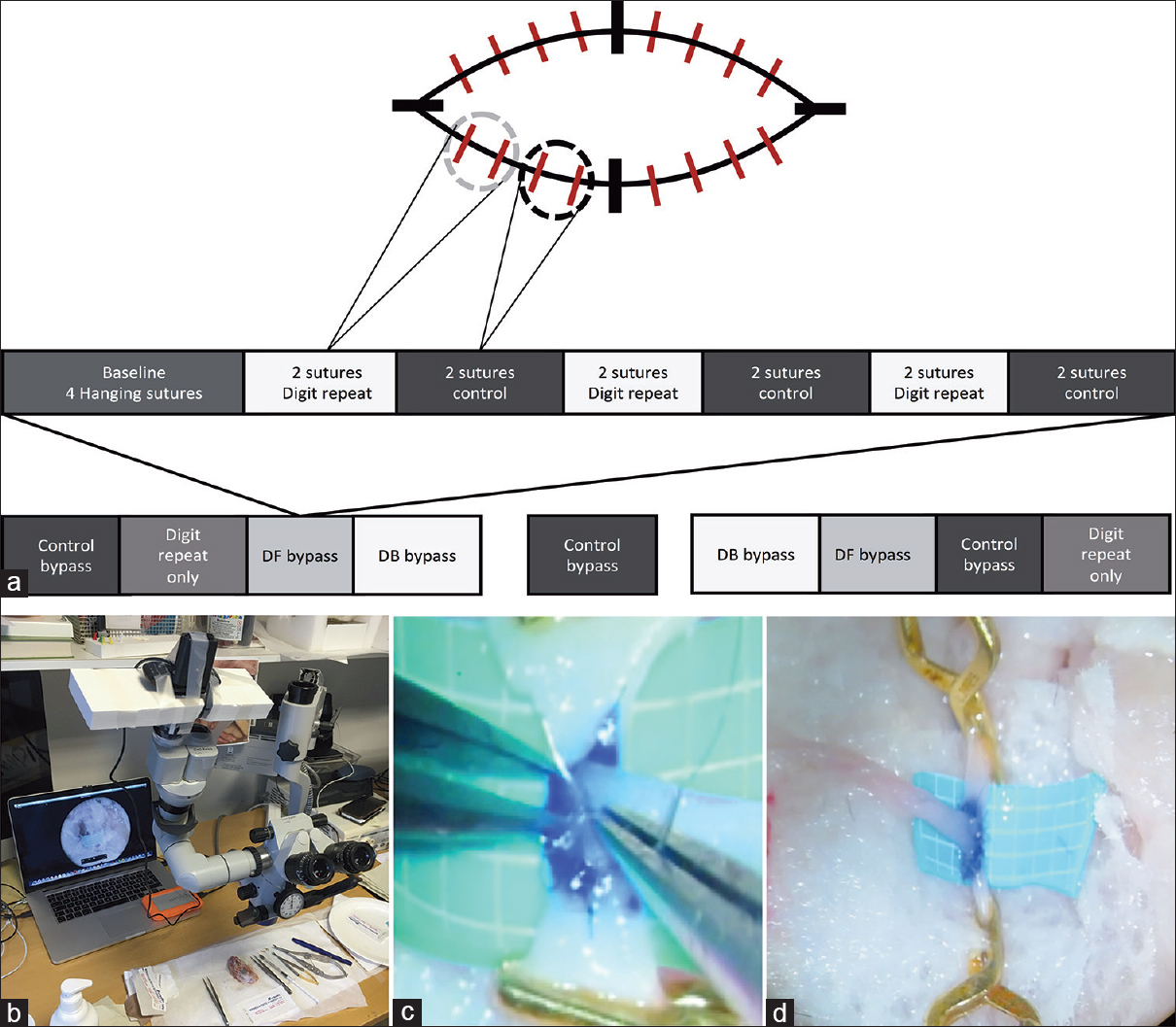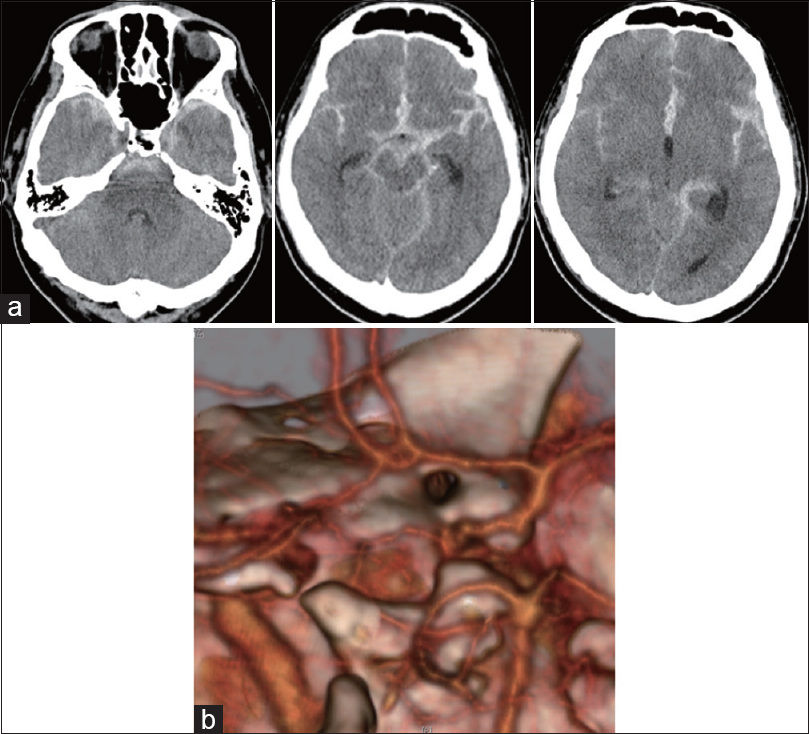Pituitary fossa chondrosarcoma: An unusual cause of a sellar suprasellar mass masquerading as pituitary adenoma
Date of publication: 09-Apr-2018
Background:Chondrosarcoma is a mesenchymal malignant tumor composed of tumor cells producing cartilage. It is more commonly found in older age group and usually affects the axial skeleton. Intracranial chondrosarcoma is extremely rare, and chondrosarcoma arising from the sellar region are even rarer with only a few cases described in the literature. We report a case of chondrosarcoma mimicking a sellar suprasellar mass with parasellar extension.
Unilateral S2 alar-iliac screws for spinopelvic fixation
Date of publication: 09-Apr-2018
Background:This study compared the clinical complications, radiographic measurements of deformity, and quality of life outcomes for patients with de novo scoliosis undergoing thoracolumbar fusions for spinopelvic fixation (SPF) utilizing unilateral S2 alar-iliac (S2AI) screw or unilateral iliac bolt fixation.
Immunoexcitotoxicity as the central mechanism of etiopathology and treatment of autism spectrum disorders: A possible role of fluoride and aluminum
Date of publication: 09-Apr-2018
Abstract
Our review suggests that most autism spectrum disorder (ASD) risk factors are connected, either directly or indirectly, to immunoexcitotoxicity. Chronic brain inflammation is known to enhance the sensitivity of glutamate receptors and interfere with glutamate removal from the extraneuronal space, where it can trigger excitotoxicity over a prolonged period. Neuroscience studies have clearly shown that sequential systemic immune stimulation can activate the brain's immune system, microglia, and astrocytes, and that with initial immune stimulation, there occurs CNS microglial priming. Children are exposed to such sequential immune stimulation via a growing number of environmental excitotoxins, vaccines, and persistent viral infections. We demonstrate that fluoride and aluminum (Al3+) can exacerbate the pathological problems by worsening excitotoxicity and inflammation. While Al3+ appears among the key suspicious factors of ASD, fluoride is rarely recognized as a causative culprit. A long-term burden of these ubiquitous toxins has several health effects with a striking resemblance to the symptoms of ASD. In addition, their synergistic action in molecules of aluminofluoride complexes can affect cell signaling, neurodevelopment, and CNS functions at several times lower concentrations than either Al3+ or fluoride acting alone. Our review opens the door to a number of new treatment modes that naturally reduce excitotoxicity and microglial priming.
Dorsal hemangioblastoma manifesting as holocord syringomyelia
Date of publication: 05-Apr-2018
Background:Intramedullary spinal hemangioblastomas are known to be accompanied by syringomyelia.
Resolution of symptomatic secondary empty sella syndrome following lumbar–peritoneal shunt
Date of publication: 05-Apr-2018
Background:Post-surgical empty sella is related to the removal of pituitary tumors either from the transcranial or transphenoidal route, rendering diaphragma sellae incompetent at the end of the procedure. This subsequently leads to herniation of the third ventricle and optic apparatus into the empty sella. Studies have shown that in 50% of the cases, individuals with primary and secondary empty sella syndrome have developed defects in the visual fields. Benign increased intracranial pressure, cerebrospinal rhinorrhea, papilledema, and abnormalities affecting visual acuity may also occur as a result of empty sella.
Abscess due to textiloma (gossypiboma: Retained surgical cottonoid)
Date of publication: 05-Apr-2018
Background:Surgical site infections following spinal surgery, including spinal abscesses, are rare but serious as they are major causes of morbidity, and even mortality. They are, however, rarely attributed to infected, retained surgical cottonoids or sponges (textiloma or gossypiboma) inadvertently left in an operative field.
Atypical epidural hemangiopericytoma presenting with visual disturbance
Date of publication: 05-Apr-2018
Background:Hemangiopericytomas are a rare entity commonly presenting as subdural tumors.
Endoscopic surgery via a combined frontal and suboccipital approach for cerebellar hemorrhage
Date of publication: 05-Apr-2018
Background:Spontaneous cerebellar hemorrhages (CHs), which frequently require surgical intervention, are life-threatening and can be complicated by intraventricular hemorrhages (IVHs) and obstructive hydrocephalus. Commonly, endoscopic surgery is performed to remove CHs via a suboccipital approach (SA) alone. At our institution, when patients exhibited supratentorial IVH-associated hydrocephalus, we used a combined frontal and suboccipital approach (CA) to evacuate both CHs and supratentorial IVHs. The present study retrospectively evaluated the effectiveness and safety of this CA, as no prior studies examining this approach currently exist.
The impact of neurosurgical procedure on cognitive resources: Results of bypass training
Date of publication: 05-Apr-2018
Background:Neurosurgeons are exposed to unavoidable distractions in their natural operating environment. Distractions can affect both the surgeon's concentration and the safety and duration of the surgery. Such distraction can be studied by applying a simultaneous cognitive task during a surgical procedure.
A difficult-to-treat Acom aneurysm with the combined vascular anomaly of Acom fenestration and accessory anterior cerebral artery
Date of publication: 21-Mar-2018
Background:Vascular anomaly and aneurysmal formation of an anterior communicating artery (Acom) complex has often been reported. Because of such a complicated relationship between the vascular structure and aneurysms, Acom aneurysm is one of the most difficult aneurysms to treat among other common anterior circulation aneurysms. We experienced an extremely rare and difficult-to-treat case of ruptured Acom aneurysm with the combined vascular anomaly of the Acom fenestration and an accessory anterior cerebral artery (ACA).


